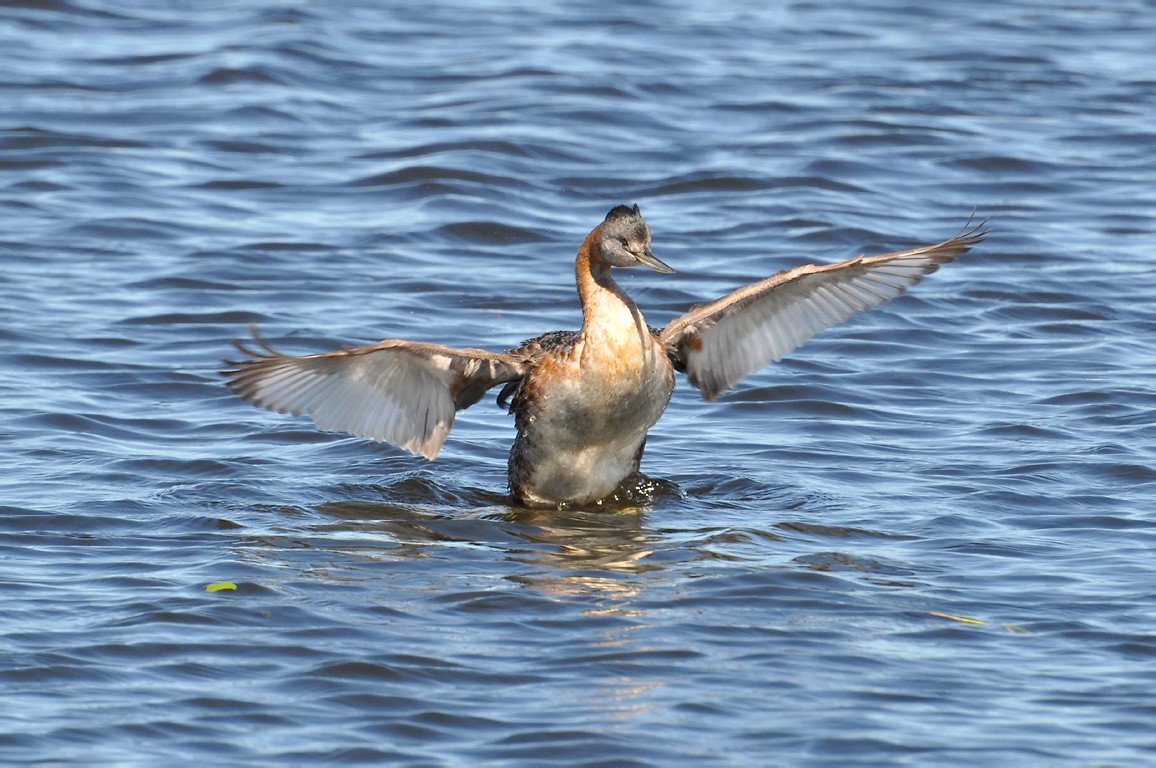Great Grebe
A species of Typical Grebes Scientific name : Podiceps major Genus : Typical Grebes
Great Grebe, A species of Typical Grebes
Botanical name: Podiceps major
Genus: Typical Grebes
Content
Description General Info
 Photo By Cláudio Dias Timm , used under CC-BY-SA-2.0 /Cropped and compressed from original
Photo By Cláudio Dias Timm , used under CC-BY-SA-2.0 /Cropped and compressed from original Description
This is a very large grebe, with proportions more like a goose or a cormorant than a typical grebe. They range in length from 67–80 cm (26-32 inches) and usually weigh about 1600 grams (3.5 lb), but can scale to at least 2 kg (4.4 lb). They are buffy-rufous on the neck and chest, blackish on the back and have a whitish belly. The head is sooty gray with a reddish-brown eye. Due to its size and unique coloration, the great grebe is unlikely to be confused with any other bird, including other grebes. 
Size
77 cm
Nest Placement
Floating
Feeding Habits
Great Grebe predominantly consumes fish, often opting for specimens up to 11 cm. Foraging behaviors include diversifying their diet with insects, crustaceans, and mollusks. Uniquely, great Grebe adapts in winter, consuming nearly 50% crabs, and may prey on juvenile waterbirds, such as coots.
Habitat
The habitat of great Grebe includes low-altitude lakes, calm rivers with forested surroundings, and estuarine marshlands. During breeding, they favor densely vegetated zones in large lakes, while non-breeding habitats extend to coastal lagoons, estuaries, and bays. Great Grebe can also be found on the open sea up to 1200 meters above sea level, with a preference for southern regions with preserved natural environments.
Dite type
Piscivorous
General Info
Feeding Habits
Bird food type
Species Status
Not globally threatened.